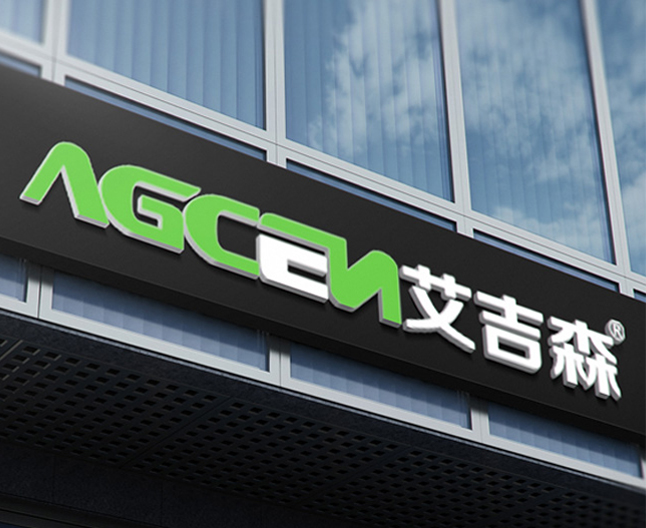
Is the air purifier useful? Use the method correctly
Release time:
2017-06-16
International survey data show that in recent years, an average of 4 million children die each year from acute respiratory infections caused by air pollution, and more than 1.4 billion people are threatened by unsafe air to varying degrees. The Canadian Health Organization mentioned in a report that 68% of human disease types are related to indoor air pollution, and 83% of the more than 200 known viruses that can cause respiratory infections exist in the indoor air environment.
In this case, the air purifier has gradually become a popular household appliance product in the world. It is reported that the penetration rate of air purifiers in Western Europe is more than 38%, the penetration rate in North America is 46.7, the penetration rate in Central and Southern Europe is about 30%, and the penetration rate in Northern Europe is 25%. In Asia, the South Korea with the highest air purifier penetration rate exceeds 70%, and Japan, which has the best air quality, also has a penetration rate of 13.8. China's air purifier penetration rate is only less than 3%, which is even lower than Thailand (6.2) and Malaysia (4.7).

So, what has led to such a low penetration rate of air purifiers in the Chinese market? According to the official of the internationally renowned brand Aijisen Air Purifier (China), although the Chinese air purifier market can be traced back to the early days of reform and opening up, the market growth has been extremely slow for three decades and did not enter the market outbreak until 2013. Therefore, the formal development of China's air purifier market is only less than four years, and the low penetration rate is also reasonable.
Of course, according to China's air purifier market research, we found that the actual efficacy of the product is also one of the reasons for the low penetration rate of air purifiers. Many consumers have said that the air purifier they buy is "not so effective" or "particularly easy to break". However, the survey shows that in addition to exaggerated publicity or substandard product quality, a large part of the reason for this result is that most consumers have adopted the wrong installation, use and maintenance methods, and there are roughly five misunderstandings.
Misunderstanding 1: doors and windows are not closed environment boot. In the process of using the air purifier, the doors and windows need to be closed. Although it is not necessary to completely seal, because the air is flowing, it will cause the air purification effect to decrease if it is not closed enough.
Misunderstanding 2: only use low-grade operation. Many consumers in the use of air purifier, for load, economic or noise considerations, often only use low-grade small air volume operation. However, it should be noted that in the case of indoor activities, low-grade small air volume can only maintain the current air quality does not decline, can not make the air purification to the ideal level. The correct method of use is to optimize the indoor air in the high-grade large air volume (usually one or two hours), and then adjust to the low-grade small air volume to maintain.
Misunderstanding three: leapfrog use. Depending on the size of the purification space, the demand for the CADR value of the air purifier is also different. Therefore, the field of air purifiers is often divided into vehicle, household, and commercial areas, which correspond to relatively narrow interior space, general-sized home space, and larger public space. Of course, some will be based on the size of different home space, the division is more detailed. If the general home air purifier is used in villas, offices and other places, the purification effect will not be ideal.
Misunderstanding four: the placement of the wrong location. The working principle of the air purifier is to inhale the original air, then filter, purify, and finally send out clean air. If the air purifier is placed against the wall, or there are other items that hinder the airflow inhalation and delivery, the purification effect will definitely be compromised. In general, it is recommended that there are no walls or other objects that hinder the flow of air within one meter of the air purifier.
Misunderstanding 5: Do not replace the filter element in time. The filter element is the core component of the air purifier, and its main function is to treat pollutants in the air by blocking and adsorbing. Any filter element has a saturated adsorption value, and after reaching the saturated adsorption value, it is impossible to adsorb new pollutants, which requires timely replacement of the filter element to make the air purifier work normally. More importantly, when the filter element works for a long time, its adsorption function will gradually decline, causing the pollutants originally stuck on it to fall off and pollute the air for the second time. Generally speaking, the air purifier filter element should be replaced immediately when the saturated adsorption value is reached. Even if the saturated adsorption value is not reached, the filter element should be replaced once within six months to one year of continuous operation of the filter element.
Related news


